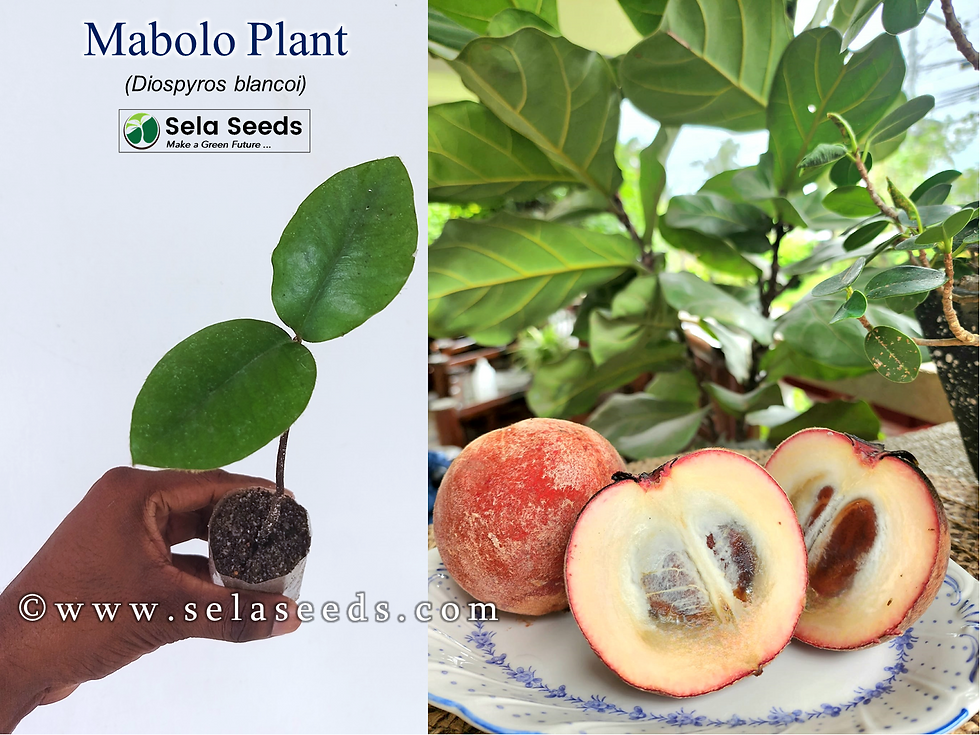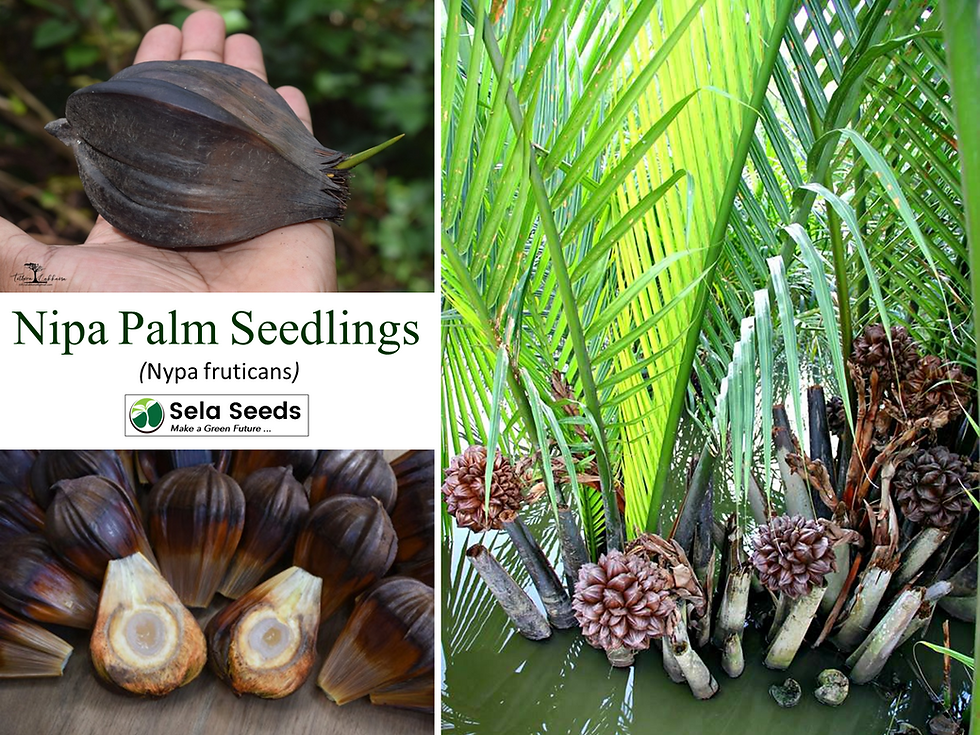Pandanus Pine seeds Hawaiian HALA Stilt Root Screw
(Pandanus tectorius)
Pandanus tectorius is a small, often multi-stemmed, evergreen tree with conspicuous prop roots and prickly stems. It usually grows around 3 - 7 metres tall, occasionally to 14 metres. Sword-like leaves that can be 1 metre long grow in clusters at the top of the tree and ends of branches.
A multipurpose plant, it is very important in the economy of local people where the fruit is often a staple food. Various parts of the plant are edible, it also supplies a wide range of materials and has various medicinal applications. It is commonly harvested from the wild and is also often cultivated - a wide range of cultivated forms have been developed. Products from the plant are often traded in local markets and beyond.
The plant is also often grown as an ornamental in many areas of the tropics.
Pandanus tectorius is widespread in Southeast Asia and island nations of the Pacific Ocean. It is present on many atolls where it is an important multipurpose tree. The species is widespread and no major threats are recorded.The plant is classified as 'Least Concern' in the IUCN Red List of Threatened Species(2013)
Known Hazards
The seeds can contain calcium oxalate crystals, which irritate the mouth. These can be removed by cooking and straining the seeds
Medicinal
The aerial roots yield a decoction that is used as a beverage in the treatment of blennorrhoea.
This decoction, combined with urethral injections of the sap of the base of the banana plant, is said to be a rapid cure for this malady.The bark is scraped in Zingiber leaf and the juice extracted into a cup. This liquid is drunk as a sedative for patients with mental health problems.
A decoction of the roots is used to treat haemorrhoids.
A small portion of the young root is heated over a fire then crushed on a smooth stone - the extracted juice is applied to the bites or wounds caused by any fish, beings said to ease the pain and promote healing. The leaves, especially the basal white section of young leaves, are used in treatments for cold/flu, hepatitis, dysuria, asthma, boils and cancer. The male flowers are said to have aphrodisiac properties.
Other Uses
The leaves are used to make a wide range of products, including hats, mats, baskets, clothing, sails etc.There is a thornless variety that is used to produce fibres for thatch, cordage etc.The chief use of this plant is in the production of the fibre used in manufacturing sabutan hats. Hats made of sabutan
are strong and durable, and in texture more nearly resemble the Panama hat than any other kind manufactured in the Philippines.
The unbleached hats are a light green colour, and the chief objection to them is that they do not bleach readily. Good sabutan hats, however, command high prices in the Philippines.
Sleeping mats of excellent quality are made from sabutan fibres either in natural or dyed shades
The leaves are used to weave traditional floor mats, as well as in the construction of traditional houses (thatch for walls and roofing). A roof made from pandanus leaves is said to last about 15 years, while one of coconut leaves may last only 3 years.
The roots are made into skipping ropes and basket handles.
String or cordage is made from the cleaned and dried prop roots.
An extract of the fruit is used as an ingredient in commercial cosmetic preparations as a humectant.
A material (resin/gum?) obtained from the trunk is used as a glue and as a caulking for boats.
When the flesh is removed from the inner end end of a dried fruit section, fibrous bristles are exposed. These can be used as a brush, with the hard, woody outer end acting as a handle.
A brush can be made by beating the tips of aerial roots to expose the fibres - the base of the root can be used as a handle.
A black dye used in weaving is prepared from the roots.
Charcoal made from pandanus is used in various mixtures to dye and waterproof canoes.
An essential oil is obtained from the male flowers. It is used in perfumery, cosmetics, hair oils, soaps etc.
The highly fragrant male flowers are used as a decoration and to scent coconut oil.
An exquisite, uniquely Pacific perfume is made from the aromatic fruits of selected traditional cultivated varieties.
The leaves are used for wrapping cigars whereas flowers are taken as tobacco substitute.
The trunks are used in the construction of traditional houses and also for making ladders and as the masts of traditional canoes.
The soft trunks have been used for making fishing rafts.
Their wood is used for making various small items.
The trunks of male trees are hard and solid, with a yellow interior containing dark brown fibre bundles. The male wood is very strong, but brittle, meaning that it can suddenly break under a heavy load. It is also a difficult wood to split.
Trunks of female trees are hard on the outside, but soft, pithy, or juicy in the interior.
They have been used as water pipes after removing the soft interior.
Slats made from the clean, dried aerial/prop roots are used for walls of houses and food cupboards.
The discarded, dried woody fruit sections are highly prized as a fuelwood for cooking because they are slow burning and therefore preferred for barbecues.
The trunk and branches are also occasionally used as fuelwood, but generally only where other fuelwood is scarce
top of page
$15,00Prijs
Gerelateerde producten
bottom of page

































